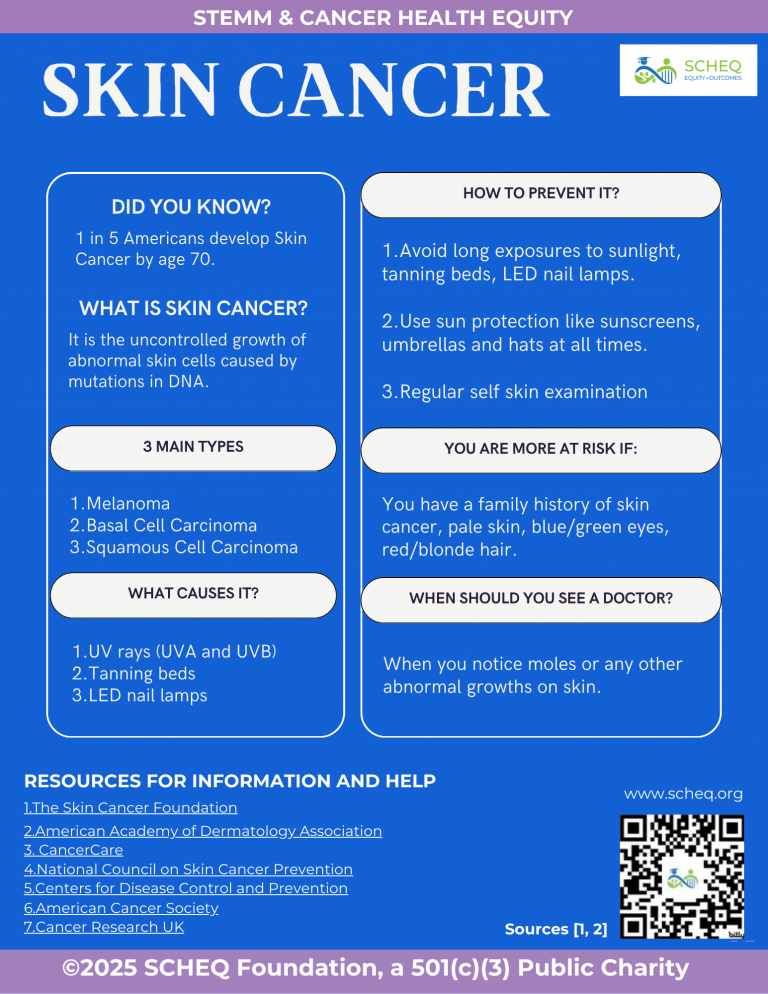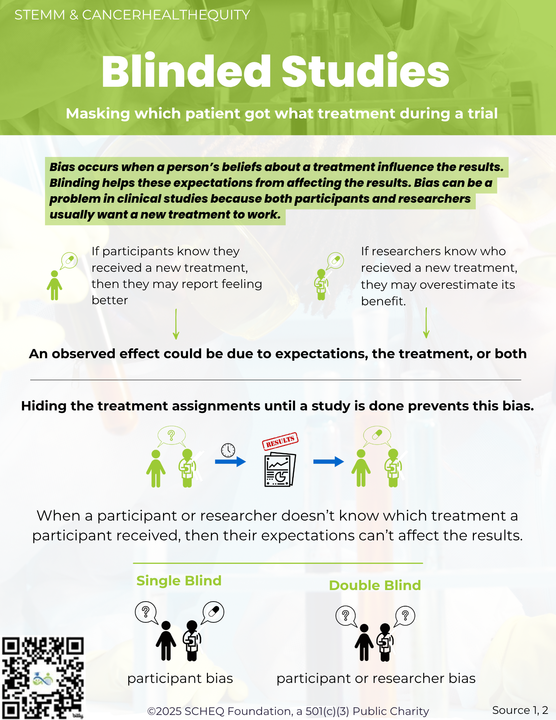George Washington Carver was a renown agricultural scientist, farmer, and inventor. Born enslaved, at the tail end of the Civil War, he was raised by his former owners in Missouri. At one point he and his family were captured by slave raiders, before eventually being returned. He showed a keen interest in nature and plants that permeated through his life and career. Subsequently, he graduated high school in Kansas, and then went on to Iowa. He earned a BS (1894) and MS (1896) in Agricultural Science, being the only African American with an advanced degree in agriculture, at Iowa State Agricultural College (now Iowa State University). Post training, he took a position at Tuskegee University, being the only African American who had an advanced degree. Initially he had no laboratory or funding, and his students had to go find supplies for his lab from a junkyard. One of his overarching goals was to help poor Black farmers in the Southeast have more bountiful crops.
He discovered many things throughout his life. He taught poor farmers cheaper ways to feed hogs and to enrich cops. He developed a system of crop rotation that relied on utilizing different planting crops that fixed nitrogen such as legumes and sweet potatoes that replenished nutrient poor soil, which later allowed for higher crop yields. This was important as cotton and pecans negatively impacted soil health. He developed the Jessup Wagon to bring his lab on wheels and educate farmers about their soils. He released 44 bulletins throughout his life to help farmers in the rural South more efficiently run their farms.
He also came up with new uses for sweet potatoes, peanuts, and other crops. There were over 100 uses for sweet potatoes including stock feed, chocolate, and ink. In addition to discovering that peanuts could be absorbed through the skin, he developed more than 300 uses for them that included candy, soap, drinks, oils, lotions, paints, and gas. He also did unique crossing of plants and developed 500 shades of dyes for textiles. At one point he worked with Henry Ford to use soybeans in plastics, to develop paints, and found a use for goldenrod to create synthetic rubber. Due to his accomplishments, he was awarded the 1923 Spingarn Medal from the NAACP and posthumously (1990) he was inducted into the National Inventors Hall of Fame. He was also the first Black person in America to have a monument put up in his honor “The George Washington Carver National Monument”. He died at Tuskegee in 1943 after being injured falling down stairs in his home.
References:
- https://www.tuskegee.edu/support-tu/george-washington-carver
- https://www.blackpast.org/african-american-history/carver-george-washington-1864-1943/
- https://www.sciencehistory.org/education/scientific-biographies/george-washington-carver/
- https://www.history.com/topics/black-history/george-washington-carver
- https://www.history.com/this-day-in-history/george-washington-carver-begins-experimental-project-with-henry-ford
- https://historydaily.org/george-washington-carver-henry-ford-experiments/9
- https://www.myblackhistory.net/George_Washington_Carver.htm
- https://www.blackhistorymonth.org.uk/article/section/science-and-medicine/4317/
- https://www.invent.org/inductees/george-washington-carver



